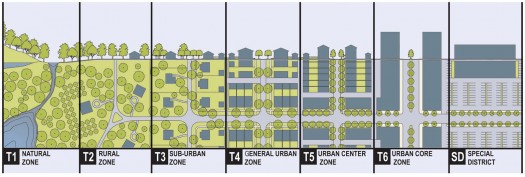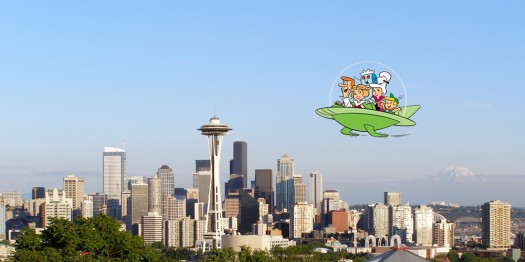A Placemaking Journal
Ways to Fail at Form-Based Codes 03: Misapply the Transect (to the region rather than the neighborhood)

When it comes to misapplying — or, more commonly, overly simplifying — the Transect, we’re all guilty on some level. For instance, I often speak generally about its inherent rural-to-urban spectrum and how, as you move through it, the landscape changes its character. The highways and byways whisking you through the wilderness and countryside get increasingly slower as you approach the city center, becoming streets of very specific proportions. Buildings change too, sitting on their lots in much more formal fashion as you move to the core, with trees and sidewalks dutifully matching the rhythms of their formality.
This may lead you to believe that the Transect is like a fried egg, with the most urban T6 in the middle, slowly fanning out to the wilderness T1 along the edge. This sort of Jetson-like city is the Transect misapplied.
Unlike a rainbow where the colors of the spectrum remain faithfully at each other’s side, the Transect well applied appears as neighborhood nodes connecting across the land at a very fine grain. And when different urban intensities interact, like where Central Park’s civic (similar to T1) abuts Manhattan’s T4, T5, and T6, deeply satisfying environments emerge. A fried-egg T6 where you have to go a long way to a wilderness T1 doesn’t enhance well being and severely hampers free range kids.
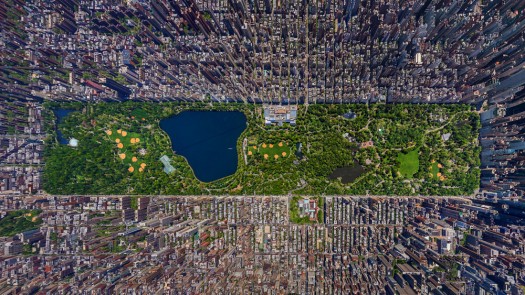
The Transect is fractal to some extent, having a regional scale, neighborhood scale, and even a lot scale from the front to the back of the house. You can arrange almost anything based on what you’d do or wear or see in T1 versus what’s appropriate for T6. No tuxedo at the square dance, please.
This fractal nature of the Transect is a nested series of coherent levels. So when the Transect Zones are correctly applied, they are done at the neighborhood scale, not at the regional scale.
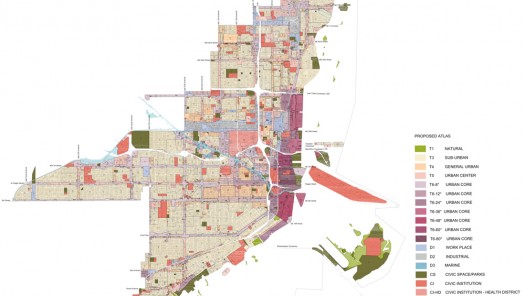
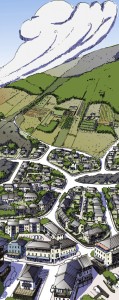
Although each Transect Zone has some degree of mixed use, the Transect misapplied will give too much homogeneity, the very thing that form-based codes seek to repair. Then a Jetson’s-like application will still require a rocketship to get from T6 to T1 in five minutes, and disable the possibility of walking to the majority of your daily needs should you choose to live in the T3 Sub-Urban Zone.
It’s true that our Transect illustrations often reinforce this idea of the regional Transect, although their primary objective is to illustrate the change in character in the different zones, and not to imply that they cover the region.
To thwart this easy-to-make mistake, the following graphic shows different SmartCode Community Unit types for New Communities — CLD (Clustered Land Development), TND (Traditional Neighborhood Development), and RCD (Regional Center Development) — and the Transect Zones of which they are comprised.
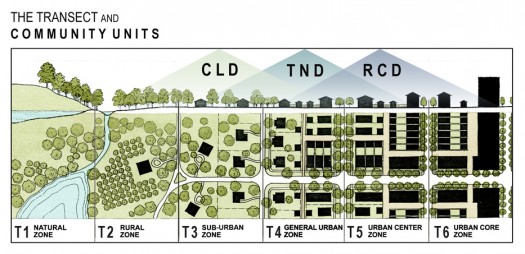
The Ranson Sector Plan below is the primary policy tool in the Urban Growth Boundary for guiding future growth. Instead of allowing pods of separate land uses, the Sector Plan enables for complete Communities — compact, pedestrian-oriented, mixed use neighborhoods as well as identifying areas to remain suburban for the near term. However, you’ll note that Transect Zones aren’t mapped to the region in the comprehensive plan, but rather to the neighborhood in the zoning code. Note that the Preferred Growth and Controlled Growth areas to the north end of the map have to do with the soon to be relocated Duffields Train Station that’s moving from the middle of a field to a more accessible location.
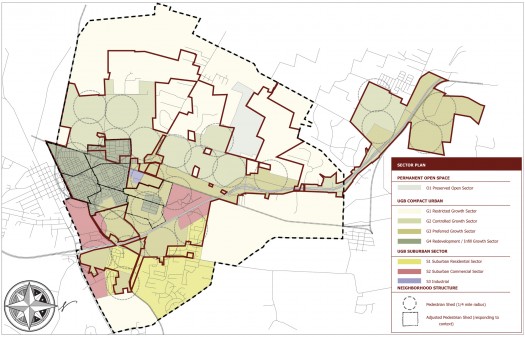
If you want to rewind and learn more about Transect theory and the environmental roots of the idea, visit the Center for Applied Transect Studies website and Facebook page. If you want to delve further into the subject, check out this 3-hour conversation from CNU 20, The Misunderstood Transect, particularly starting at 54:51 with Sandy Sorlien, Andrés Duany, Emily Talen, and others.
With 2013 being the 50th anniversary of the Jetsons, I’d say we haven’t quite reached their elevated projections of a mechanized world. Instead, we’ve returned to a placemaking esthetic where we can cast a shadow. Walk a mile. And cycle our way back to fitness and reconnection. And hopefully by doing so, learn to conserve enough to be able to afford a machine or two for our grandchildren.
To help with that, read the whole FBC Ways to Fail Series.
–Hazel Borys
If PlaceShakers is our soapbox, our Facebook page is where we step down, grab a drink and enjoy a little conversation. Looking for a heads-up on the latest community-building news and perspective from around the web? Click through and “Like” us and we’ll keep you in the loop.









